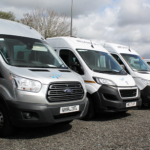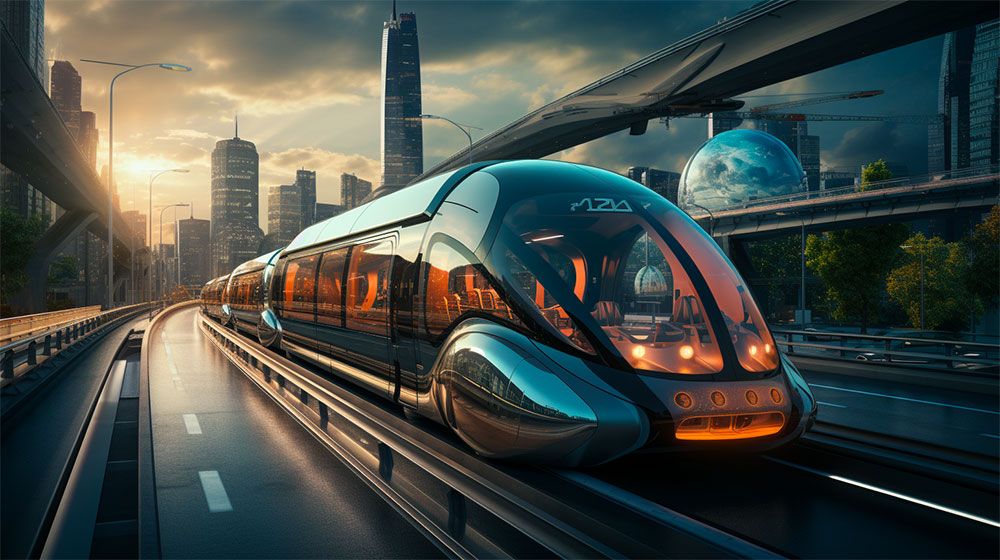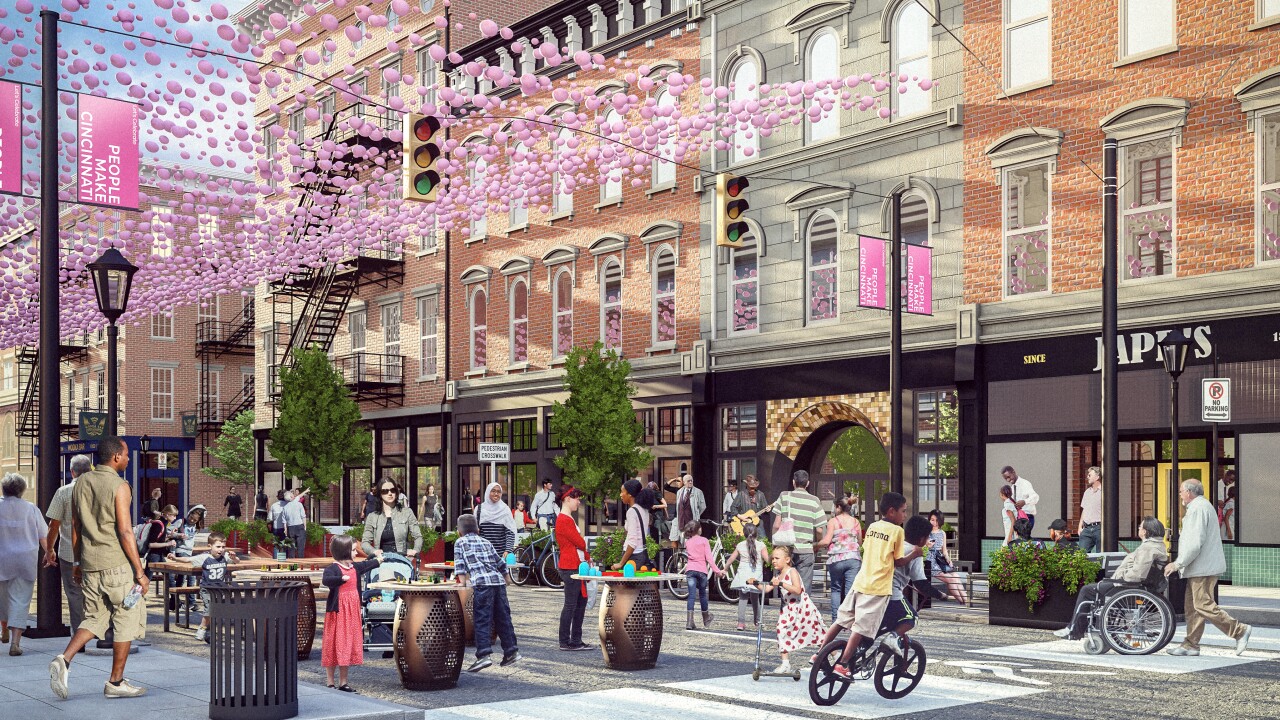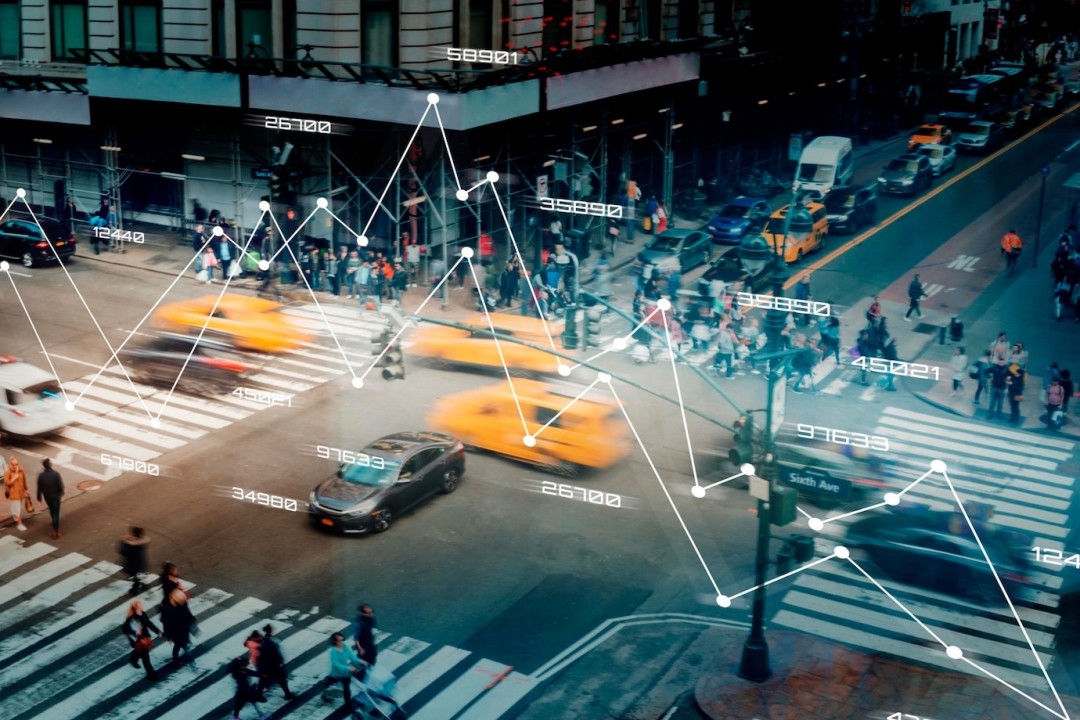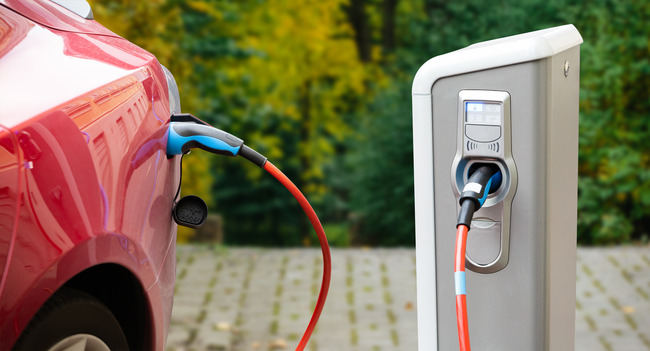The concept of smart cities is reshaping the landscape of urban development, and a key element of this transformation is the integration of advanced technology into public transportation systems. This article provides an in-depth look at how technology is revolutionizing public transport, making it more efficient, user-friendly, and sustainable.
The Advent of Smart Public Transport Systems
In the age of digitalization, public transport is undergoing a significant transformation. Smart public transportation systems use a range of technologies – from real-time tracking and mobile applications to AI and IoT (Internet of Things) – to enhance the efficiency and convenience of urban transit. For instance, as of 2023, cities like Singapore and Barcelona are leading the way in smart public transport, utilizing technologies that significantly improve commuter experiences and operational efficiency.
Data-Driven Decision Making
Central to the concept of smart public transport is the use of big data. By analyzing vast amounts of data collected from various sources – including ticketing systems, GPS tracking, and user feedback – transit authorities can optimize routes, reduce wait times, and improve service quality. A study by McKinsey suggests that data-driven public transport can enhance operational efficiency by up to 30%.
AI and Machine Learning in Route Optimization
Artificial Intelligence (AI) and Machine Learning (ML) are playing increasingly crucial roles in route planning and traffic management. These technologies can predict traffic patterns and adjust routes and schedules in real-time, reducing delays and congestion. For example, London’s bus network utilizes AI to analyze passenger flow and optimize bus frequencies, improving daily commutes for millions.
Enhancing Rider Experience with Mobile Apps
Mobile applications are revolutionizing the rider experience. Apps that provide real-time bus and train schedules, mobile ticketing, and journey planning tools are becoming standard in major cities. According to a survey, over 70% of public transport users in urban areas find mobile apps useful for planning their journeys.
IoT for Maintenance and Safety
IoT technology is being used to enhance the maintenance and safety of public transport. Sensors on vehicles and infrastructure can provide real-time data on their condition, allowing for predictive maintenance and thus reducing downtime. IoT also plays a vital role in improving safety by monitoring vehicle speeds, driver performance, and passenger loads.
Challenges and Future Prospects
Despite the clear benefits, integrating technology into public transport comes with challenges. Issues such as data security, privacy, and the digital divide need to be addressed. Moreover, the upfront investment for such technologies can be substantial. However, the long-term benefits – improved efficiency, reduced environmental impact, and enhanced user satisfaction – make this a worthwhile investment.
The future of public transport in smart cities looks promising. With continued advancements in technology and increasing commitment from city governments, we can expect more innovative solutions that make urban transportation smarter, faster, and more sustainable.
Conclusion
The integration of cutting-edge technology in public transportation is a cornerstone of the smart city vision. By harnessing the power of data, AI, IoT, and mobile applications, cities are not only enhancing the efficiency and appeal of public transport but also paving the way towards a more connected and sustainable urban future.
